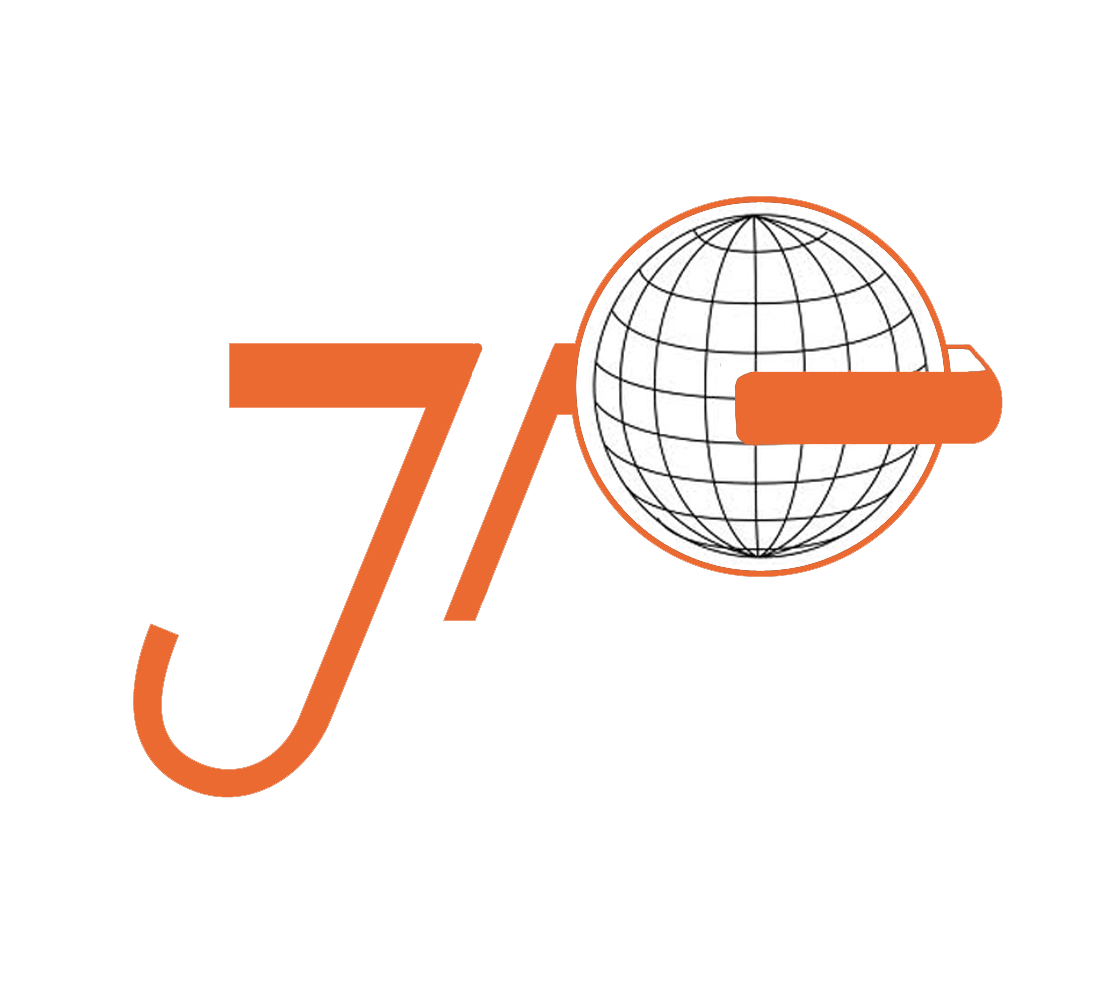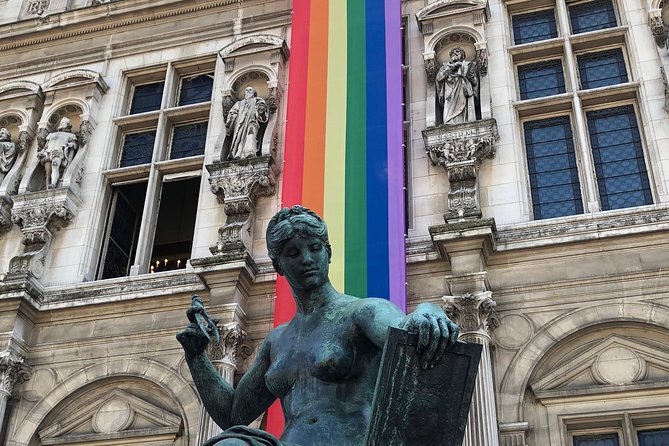Le Marais: "Gay Paris" and the Construction of an LGBTQIA+ mecca
by Brian Alcamo
If you’ve ever been to Paris, you’ve most likely heard of and been to the Marais. Originally a swamp (the English translation of the word marais) and a home to poorer inhabitants, the neighborhood was quickly gentrified into one of Paris’s most sought after commercial zones. It is also Paris’s most well-known gay neighborhood.
For those not in the know, the Marais is located in Paris’s 3rd and 4th arrondissements, on the Right Bank, or Rive Droite, of the Seine. The main gay areas of the neighborhood are concentrated along and around Rue Sainte-Croix-de-la-Bretonnerie. Rue du Temple and the Rue Vieille-du-Temple are considered the quarter’s other main arteries. While the area today is easily identifiable with old architecture, expensive boutiques, and rainbow flags, the Marais wasn’t always the prime Parisian locale for LGBTQIA+ culture. It also wasn’t always a hot tourist destination.
Originally, from the mid 13th to 17th Century, le Marais was the place to be in Paris for French nobles. They built their urban mansions, or hotels particuliers (literally “private hotels”) around the modern-day Place des Vosges, then called the Place Royal. Eventually, the Marais’s popularity declined before turning to complete disarray during the French Revolution. For a long time, the Marais wasn’t filled with much in the way of fabulous queer nightlife. It was a place of poverty, and notably served as Paris’s Jewish neighborhood for decades (specifically in the part of the neighborhood known as the Pletzl).
The Place des Vosges
But just because the Marais wasn’t the place to be gay in Paris, doesn’t mean a gay neighborhood didn’t exist. During the twentieth century until the end of the 1970s, Paris’s queer center of gravity moved a few times. Paris first became a gay capital in the 1920s with its first “golden age” of gay life. Its status as a gay haven was (and is) rivaled only by Berlin on the European continent. Many notable queer artists and writers (such as Colette, Satie, and Gertrude Stein) championed the city as a gay paradise, particularly for gay women. This first gay neighborhoods were centered on La Butte Montmartre and Pigalle. During German Nazi rule in the 1930s, Berlin ceased to be queer friendly, and thus Paris was the number one destination for LGBT Europeans. After the war, Paris’s in-vogue gay neighborhood shifted for the first time to Saint-Germain-des-Prés (on the Left Bank of the Seine).
Towards the end of the 1950s, the neighborhood then migrated back to the Right Bank, this time near the Place de l’Opera and Rue Sainte-Anne. This location was considered by some to be Paris’s first gay neighborhood, since its existence was the first to be “known to Parisians.” Beforehand, the neighborhoods were more clandestine, even if they can be traced back to by historians and academics today.
After spending two decades near l’Opéra, Paris’s first gay bar, Le Village, opened on Rue du Platre in 1977 just south of the Marais. One theory as to why the neighborhood moved was because people were fed up with the increased commercialization and door-checks happening. Regardless of the reason, gay businesses and life began to flourish just a few blocks northeast in Marais proper afterwards.
It’s important to note that it was gay businesses (notably thanks to entrepreneur David Girard) that created the Marais-As-Queer-Capital, and not the migration of queer people’s living quarters. Not that many gay people live in the Marais. In fact, the Marais isn’t even necessarily thought of as a residential gay neighborhood, rather a gay center. Its shops and bars cater to a gay clientelle, but the residential real estate wasn’t and isn’t overwhelmingly populated by gay people. Unlike New York’s Hell’s Kitchen (previously Chelsea, and the West Village before that), the Marais was always a place LGBT people, notably gay men, spent their free time. They’ve used the area as a transient space, as their own playground before going back to their apartments all over the city.
Helpful Vocabulary When Talking About Gay Life in Paris
Un marais - A swamp
Un hôtel particulier - A French mansion or
literally “a private hotel”
L’âge d’or - The Golden age
Un bar - A bar
Aller boire un verre - To go get a drink
Prendre un verre - To have a drink
Aller en boîte - To go to the club
Faire la fête (teuf*) - To party
Research has shown that the number of same-sex households holding PACS (pacte civil de solidarité, or civil unions) is evenly distributed throughout the city, indicating that gay people live everywhere throughout Paris, not exclusively in the Marais. Perhaps this residential decentralization is why Paris’s gay community is considered to be less overt and less organized compared to New York’s or Berlin’s.
Despite the Parisian gay scene potentially being thought of as less “out there” compared to other queer capitals, its existence is still crucial to LGBTQIA+ identity and community in France and around the world. Regardless of where the “gayborhood du jour” is, these queer spaces help create a collective queer identity where people can be who they were born to be.
Thanks for Reading!
Thinking of visiting Paris anytime soon? Be sure to check out the Marais. Please leave this article a “like,” and share it with a friend (or two)!
Thumbnail photo by Sophie Louisnard.


